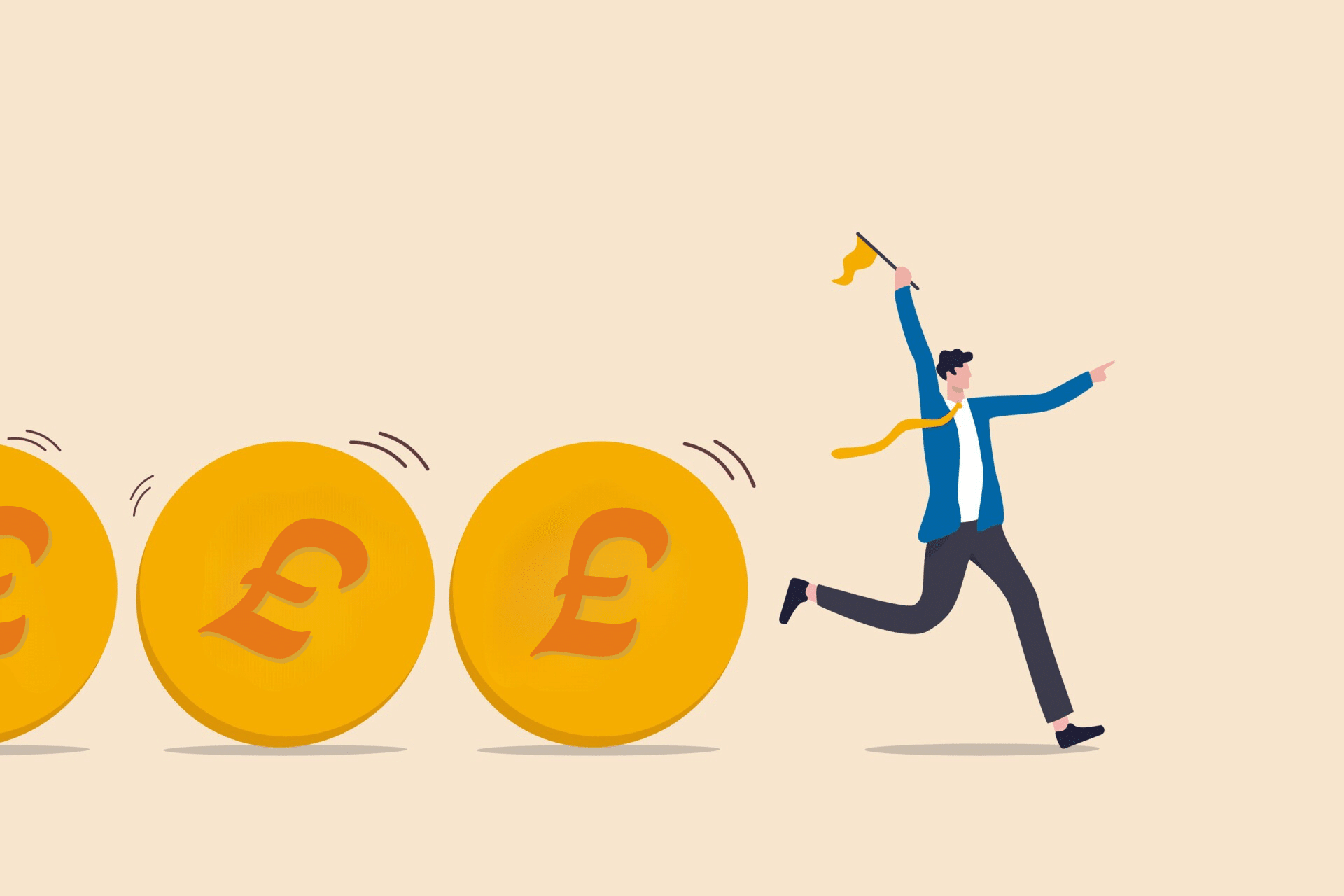Yield and returns are key indicators of a property’s financial performance and are important when evaluating the potential of real estate investments.
These metrics are especially important for overseas investors navigating different financial landscapes and investment strategies.
What is a Yield?
Yield measures the income returned on an investment, like the rent received from tenants from a property. Yields are usually expressed as an annual percentage based on the purchase cost and then broken down monthly. It clearly indicates the interest that can be generated.
When you understand the yield, you get a clear picture of what your investment could bring annually. This is fundamental for comparing the attractiveness and profitability of different properties.
When investors are looking at the return yield, they are looking at the gross yield, which doesn’t account for any taxes or further expenses such as solicitor fees, etc. The assumption is that with the property market, as the years of the investment increase, so will the yield that is received. However, this is dependent on factors such as property value and inflation.
How to Calculate a Rental Yield
A rental yield is calculated knowing the annual rental income of the property and the purchase price. You then need to divide the annual rental income by the property price and multiply that number by 100, which can be expressed as a percentage.
ACCESS OUR RENTAL YIELD CALCULATOR HERE
What is considered a good rental yield?
A good yield or return on investment is between the 5-8% area.
A good yield will be able to cover the costs of running the property, including the mortgage if needed to complete the purchase. A profit needs to be made so that if an emergency occurs, the funds are readily available to fix the problem. This also includes periods where the property may not be occupied. A 7% rental yield is considered an excellent yield on the property.
Getting a good yield is one of the most important factors when investors consider the type of property they will invest in. No matter what kind or size of properties you consider, it’s essential that the monthly rental income will cover any outgoings whilst still generating a returned profit.
What is a Return?
Return is the financial gain or potential loss on an investment and expresses the change in the monetary value of a property investment over a period.
Return can also be a total return, which is what an investor has earned from the investment during a set period; this includes any interest and capital gains.
ACCESS OUR ROI CALCULATOR HERE
How to Calculate a Return
An investment property’s return on investment (ROI) is calculated as the net annual rental income divided by the total property cost, multiplied by 100 to express it as a percentage. To use this formula, first determine the net annual rental income after deducting operating expenses, then divide that by the total investment made in purchasing and preparing the property. This provides the ROI as a percentage.
The Difference Between Yield and Return on the Investment
The yield and the return are two different ways to measure profit on an investment over a certain period.
The yield is the income the investment returns annually and is usually measured as a percentage.
The return is the total amount gained or, sometimes, on the investment lost over a period, measured as a percentage.
For example, let’s consider the following investment property details:
- Purchase Price: £400,000
- Annual Rental Income: £30,000
- Annual Operating Expenses (taxes, insurance, maintenance): £10,000
- Mortgage Interest: £12,000 per year
To calculate the yield:
Yield = (30,000/400,00) x 100 = 7.5%
To calculate the return on investment (ROI) :
ROI = (£20,000 / £400,000) x 100% = 5%
It is important to remember that the yield and the return measure an investment’s financial value, but they do it differently. The yield is the amount that an investment earns, i.e. the income, whereas the return is how much the investment gains or loses over a period. The yield looks forward, and the return looks backward to reach its figure.
Why is a Good Rental Yield Important?
Generating a good rental yield is at the top of the priority list for investors as most investors use rental income to run the property and want to see a profit after those outgoings. However, investors will need to consider any taxes and fees that might need to be paid, as well as mortgage repayments if a mortgage has been used to purchase a property.
One of the risks for investors looking at a private buy-to-let property is that if the monthly rental income falls short after paying for their private property’s running costs, they will lose money on their investment.
When investing with Yield Investing, investors don’t need to factor in the running cost of the property, as that is all taken care of via the housing provider we work closely with. The yield we advertise is the total monthly and annual profit you can expect to receive.
Good rental yields are also important for capital growth. A high rental yielded property has more scope to appreciate over time, combined with a low purchase price, and it can give investors the potential to make a very healthy return on the investment.
High Yield Investments with Yield Investing
Private rentals see an average of around a 5% yield, and on top of that, the property maintenance is covered by the landlord.
Our properties generally generate a 9% yield, and the property’s maintenance is included in the yield, offering a hands-off experience when investing in property and becoming a landlord.
| 5% Yield (Private Rentals) | 9% Yield (Yield Investing) | |
| Property Price (4 Bedroom) | £150,000 | £150,000 |
| Annual Income | £7,500 | £13,500 |
| Monthly Income | £625 | £1,125 |
As you can see, the difference between a 5% and 9% yield rental return is huge. A higher return on investment allows investors to reinvest the profit they are making on their current investments sooner rather than later, or it offers investors a disposable income; with a lower yield, you aren’t given as many options.
The demand for social housing in the UK is increasing, leading to more people living in inadequate or temporary accommodations or overextending financially on private rentals. Investing in social housing is something we specialise in, which offers a high-yield opportunity that not only benefits investors but also supports those in need of stable housing. This sector, though lesser known to some investors, is a valuable addition to any investment portfolio.If you’re curious to explore social housing investments and how to invest purposefully to benefit society and your investment portfolio, contact our property advisors today to learn more about working with us.


